Important Formulas: Weight & Capacity | Mathematics (Maths Mela) Class 5 - New NCERT PDF Download
Weight
Weight = How heavy something is.
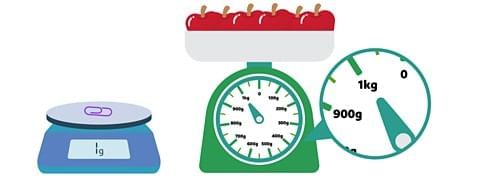
Units:
Milligram (mg): Very tiny weights (medicine, gold).
Gram (g): Small objects (pen, chocolate bar).
Kilogram (kg): Larger objects (school bag, sack of rice).
Tonne (t): Very heavy things (trucks, elephants).
Capacity
Capacity = How much liquid a container can hold.
Units:
Millilitre (mL): Small amounts (spoon of medicine, juice packet).
Litre (l): Bigger amounts (milk bottles, buckets, cans).
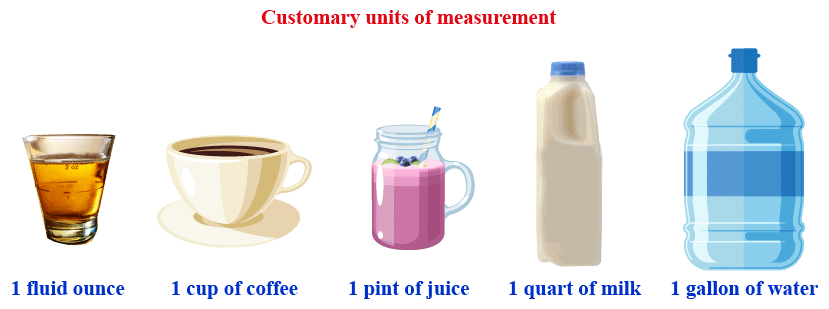
Unit Conversions
Weight
1 g = 1,000 mg
1 kg = 1,000 g
1 tonne = 1,000 kg
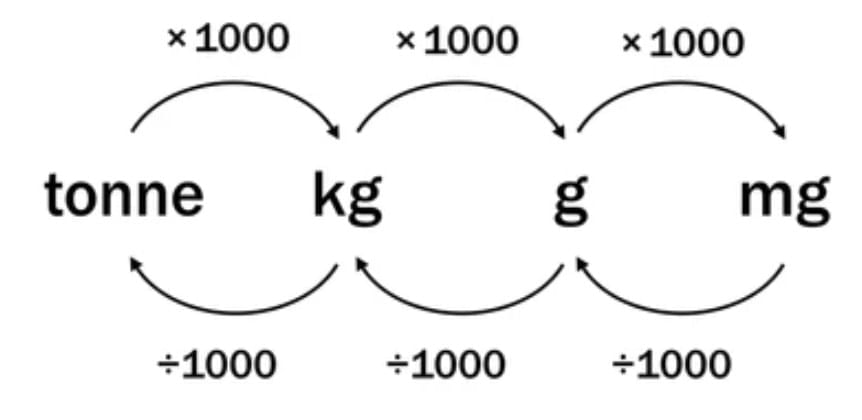
Capacity
1 L = 1,000 mL
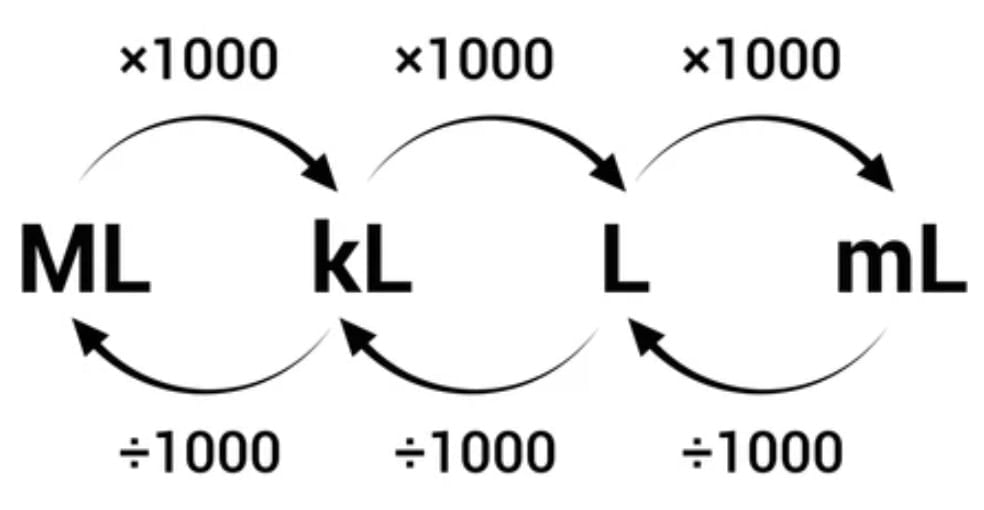
Rules for Conversion
Big → Small unit: Multiply
Example: 3 kg = 3 × 1000 = 3000 g
Example: 2 L = 2 × 1000 = 2000 mL
Small → Big unit: Divide
Example: 2500 g ÷ 1000 = 2.5 kg
Example: 1500 mL ÷ 1000 = 1.5 l
Comparing Weights & Capacities
Convert both quantities into the same unit first.
Use <, >, = to compare.
Examples:
2 kg vs 2500 g → 2 kg = 2000 g, so 2000 g < 2500 g
1 L vs 750 mL → 1 l = 1000 mL, so 1000 mL > 750 mL
Addition & Subtraction
Weight
Add or subtract kilograms and grams separately.
If grams ≥ 1000, regroup into kilograms.
Example:
2 kg 500 g + 1 kg 750 g
= 3 kg + 1250 g = 4 kg 250 g
Capacity
Add or subtract litres and millilitres separately.
If millilitres ≥ 1000, regroup into litres.
Example:
3 L 750 mL - 2 L 500 mL
= 1 L + 250 mL
Multiplication & Division
Multiplication
Multiply when we have many items of the same weight or capacity.
Example: If 1 packet = 2 kg then find how much 5 packets will be?
→ 2 × 5 = 10 kg
Division
Divide when we want to share total weight/capacity equally.
Example: If 12 kg rice in 4 bags then find out how much 1 bag carries? →
12 ÷ 4 = 3 kg per bag
Measuring Tools
Weight: Weighing scale, balance, electronic scale.
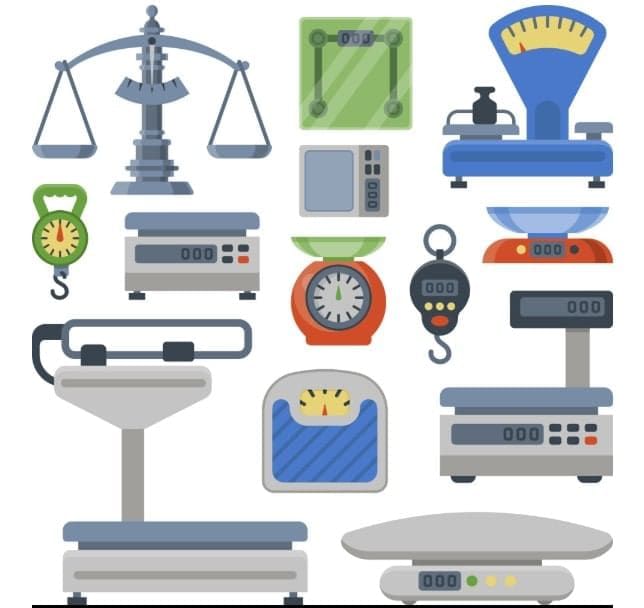
Capacity: Measuring jars, bottles, marked containers.
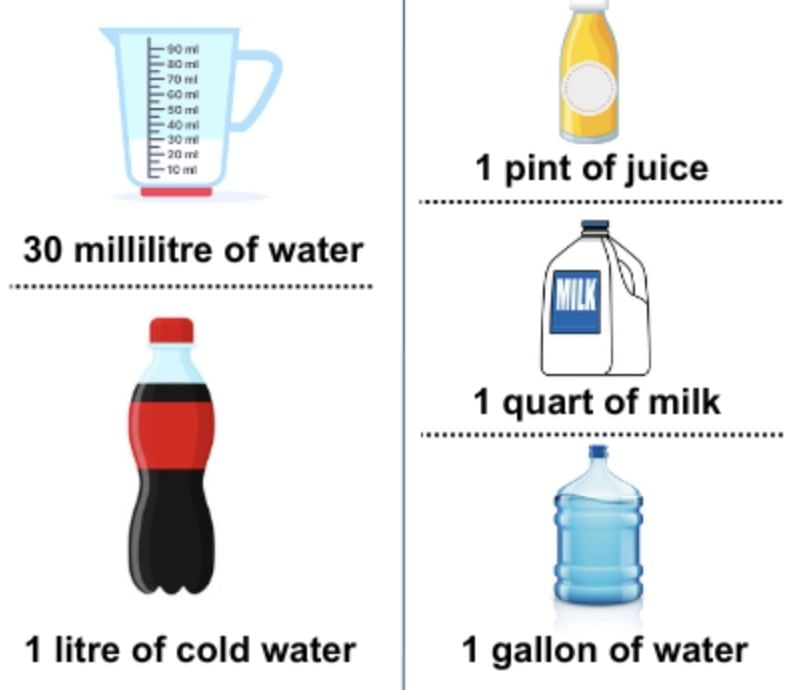
Always check if the scale is at zero before use.
Everyday Applications
Weight: Buying vegetables, packing, farming, medicines.
Capacity: Cooking, petrol pumps, milk delivery, water storage.
Special Tips & Tricks
Always write kg–g or l–mL neatly in columns when adding/subtracting.
Use grams or millilitres only if units are mixed (easier for calculation).
Remember:
1000 g = 1 kg
1000 mL = 1 L
Estimate first → then calculate → check answer.
|
35 videos|276 docs|7 tests
|
FAQs on Important Formulas: Weight & Capacity - Mathematics (Maths Mela) Class 5 - New NCERT
| 1. What are the basic units of weight and capacity in the metric system? |  |
| 2. How do you convert between different units of weight and capacity? |  |
| 3. What tools can be used to measure weight and capacity accurately? |  |
| 4. What are some everyday applications of weight and capacity measurements? |  |
| 5. What are some common mistakes to avoid when performing weight and capacity calculations? |  |




















